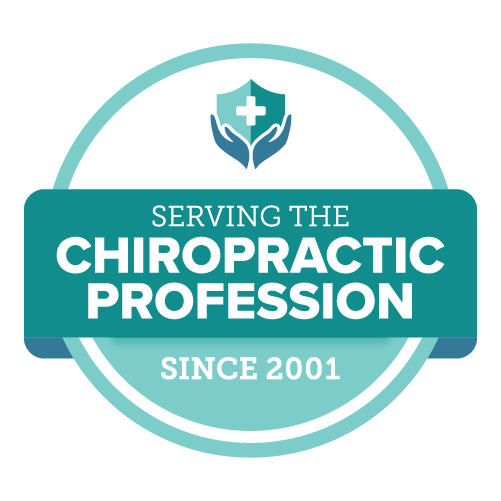*for DC, CHT, ND, DVM, VT. We reserve the right to offer a courtesy credit to other professions.
 |
201 N King of Prussia Rd, Suite 370 Radnor, PA 19087 Monday-Thursday: 8:30am - 8pm EST Friday: 8:30am - 6pm EST Saturday: 8:30am - 3pm EST |
Anti Aging Certificate Program Certified Chiropractic Clinical Assistant Chiropractic Science (free) Neurology Diplomate/Certificates Chiropractic Acupuncture Certification |
Meet the Instructors Functional Medicine & Nutrition Certificate Program Links to other sites |
Copyright © 2001 - 2024 Chirocredit Site Map | Policies |

